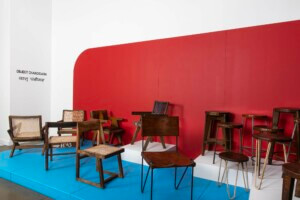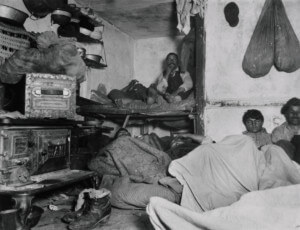A hundred years ago it may not have been immediately obvious to the average person what “being” modern meant, nor even what its value was. But for Le Corbusier, it was an imperative, requiring one to be receptive to the productive tempo of modernity itself. Commodities, entire systems of knowledge—all that was once separated by geographic distance or economic barriers suddenly lay within arms’, and ears’, and eyes’, reach. If only his aloof readers and peers could see the changes unfolding around them, Le Corbusier lamented, they might begin to grasp.
One first needed to learn to see (according to this high-handed heuristic, anyway), and architecture would facilitate such an education. Demonstrating an acute sensitivity to conditions of enclosure and threshold, Le Corbusier carefully coordinated domestic interiority with the grandness of natural landscapes. It is to this aspect that Japanese photographer Takashi Homma pays obsessive attention in Looking Through: Le Corbusier Windows (Canadian Centre for Architecture/Koenig Books).
With support from the Window Research Institute, the idiosyncratic foundation underwritten by the Japanese manufacturer YKK AP, Homma traveled to 18 of Le Corbusier’s buildings, unorthodox brief in hand. Preoccupying himself in the main with their interiors, he would catalog the windows of the Villa Savoye, Le Corbusier’s Paris penthouse, and the one-story house the architect built for his parents on the banks of Lake Geneva, in Switzerland, among other projects. There are exceptions, of course, such as the monumental civic complex in Chandigarh, India, where windows or wall openings afford self-reflexive views of the architecture and of its manifold motifs. But by and large, Homma assumes a near-forensic pose, sidling up close to pane glass, stained glass, glass block, portholes, sills, shutters, mullions, jambs, latches, dust, must, grime, streaks, nooks and crannies, crevices and cracks.











